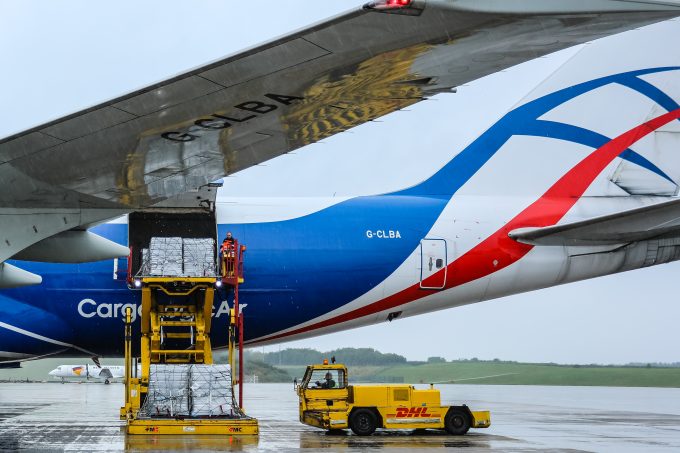News in Brief Podcast | Week 48 | Port ‘musical chairs’, rates and MSC u-turn
In this episode of The Loadstar’s News in Brief Podcast, host and news reporter Charlotte ...

The chaos at Gatwick last month emphasised the UK air freight sector’s over-reliance on the south-east region, with panic ensuing again last week after a drone sighting at Heathrow.
Between 19 and 21 December, thousands of flights were grounded and cancelled after drone sightings sparked safety concerns at Gatwick.
Although few cargo flights were affected then, the sighting at Heathrow caused major industry concern.
One forwarder told The Loadstar: “The drone question is very valid and the recent lockdowns have demonstrated our reliance ...
USTR fees will lead to 'complete destabilisation' of container shipping alliances
Outlook for container shipping 'more uncertain now than at the onset of Covid'
Flexport lawsuit an 'undifferentiated mass of gibberish', claims Freightmate
Cancelled voyages take the sting out of spot rate declines this week
Shippers warned: don't under-value US exports to avoid tariffs – 'CBP will catch you'
New Houthi warning to shipping as rebel group targets specific companies


Comment on this article